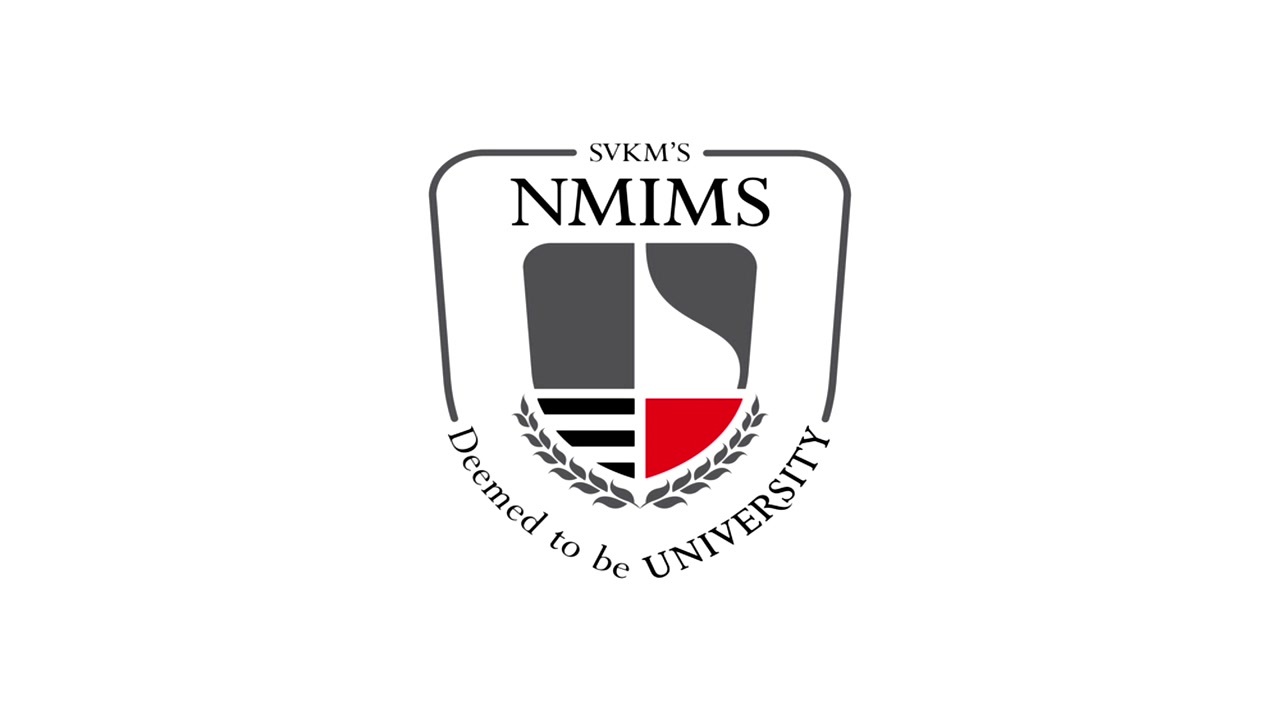ABOUT ME

Passionate about the intersection of Robotics, Mechatronics, and Artificial intelligence. Graduate student in Robotics with expertise in Perception, Motion Planning, Computer vision, Machine learning, and Control systems. I have 2 years of experience in developing cutting-edge software robots for the automotive industry. Join me on my journey to redefine the future of technology.
Languages: Python, C++, C#, MATLAB, Embedded C, SQL, PLC programming
Software: Docker, Simulink, Solidworks, LabView, AutoCAD, Arduino IDE, UiPath, Microsoft Office, PowerBI
Framework / Tools: ROS2, Gazebo, OpenCV, PyTorch, Tensorflow, Scikit-Learn, MQTT, Ubuntu
Hardware: ESP32, Arm Cortex-M microcontrollers, ATmega, Raspberry Pi
Protocols: SPI, I2C, UART, CAN Bus, RF integration (ZigBee, LoRa, Wi-Fi, BLE)



